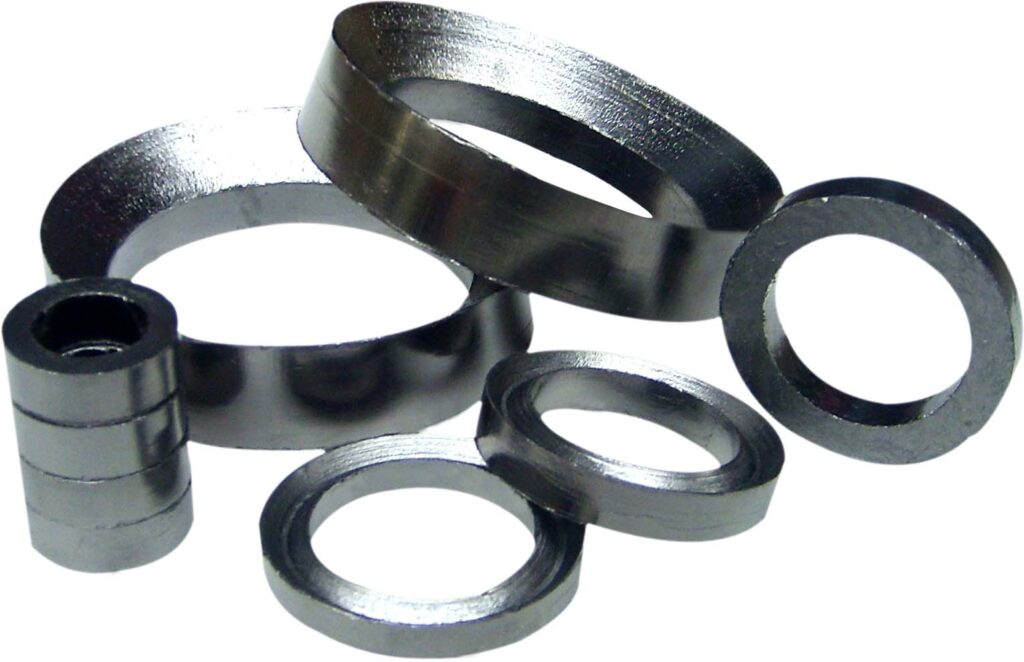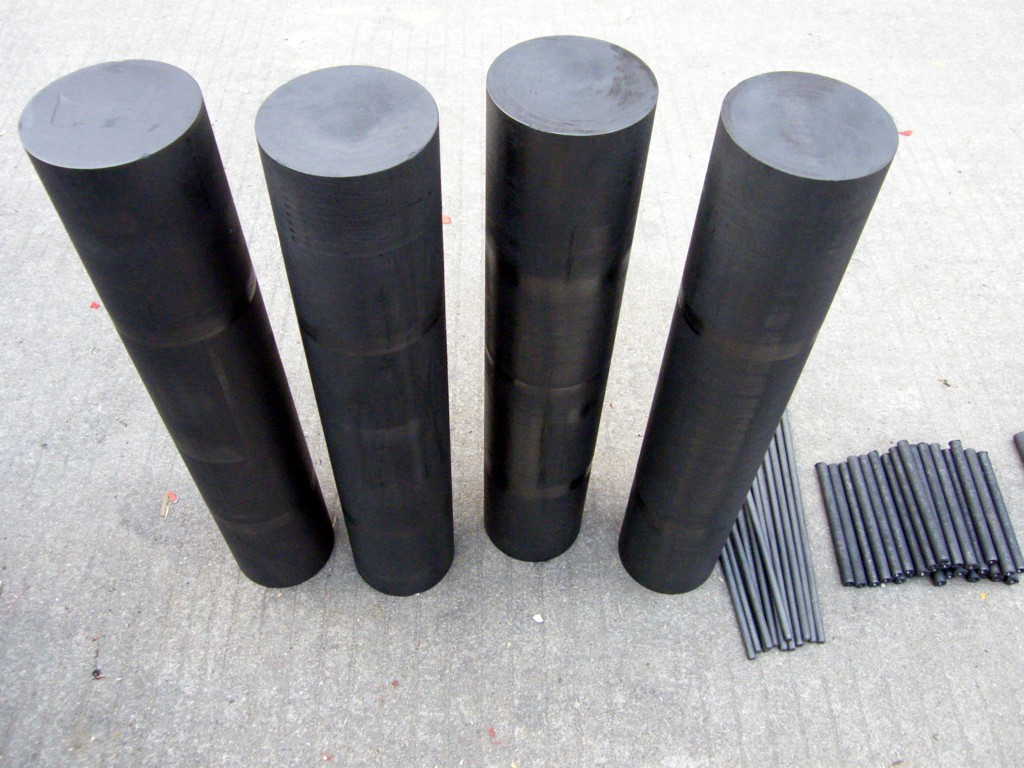In the smelting and processing of non-ferrous metals—including aluminum, copper, zinc, and nickel—carbon-graphite materials stand as indispensable components, enabling efficiency, durability, and precision in high-temperature, corrosive environments. Their unique combination of thermal stability, electrical conductivity, and chemical resistance makes them irreplaceable in operations where traditional metals or ceramics fail, underscoring their role as a cornerstone of modern non-ferrous metallurgy.
At the core of their utility lies a suite of tailored properties optimized for the rigors of non-ferrous processing. Carbon-graphite’s ability to withstand temperatures exceeding 3,000°C without structural degradation makes it ideal for direct contact with molten metals, which often reach 600–1,200°C during smelting. Unlike steel or refractory ceramics, it resists infiltration by molten aluminum, copper, or zinc, preventing contamination of the final product—a critical factor in maintaining metal purity for industries like electronics and aerospace. Additionally, its high electrical conductivity facilitates efficient energy transfer in electrolytic processes, such as the Hall-Héroult method for aluminum production, where carbon-graphite anodes serve as both conductors and reactants, enabling the reduction of alumina to aluminum metal. This dual functionality reduces energy waste, a key consideration in an industry striving for lower carbon footprints.
In smelting operations, carbon-graphite components perform diverse roles across every stage of non-ferrous metal processing. During primary smelting, graphite crucibles and liners hold molten metals, withstanding thermal shock and chemical attack from fluxes and impurities. For example, in copper smelting, graphite molds ensure precise casting of anodes used in subsequent electrolytic refining. In electrolysis—vital for producing high-purity metals like aluminum and nickel—carbon-graphite electrodes act as current carriers, maintaining stable electrical arcs even in aggressive electrolytes such as cryolite. Advanced grades, impregnated with resins or metals, further enhance resistance to oxidation and wear, extending service life in continuous smelting cycles.
Beyond smelting, carbon-graphite materials support downstream processing steps, including alloying, casting, and forming. Graphite dies and mandrels shape molten non-ferrous alloys into rods, sheets, or complex components, leveraging the material’s low friction coefficient to minimize surface defects. In zinc and lead refining, graphite stirrers homogenize molten baths, ensuring uniform composition and reducing waste. Their compatibility with reactive metals like magnesium—where contact with oxygen must be minimized—also makes them essential in protective atmospheres, preventing oxidation during heat treatment.
Sustainability and innovation are driving advancements in carbon-graphite applications for non-ferrous metals. Manufacturers are developing recycled graphite electrodes, reducing reliance on virgin carbon and lowering production emissions. In parallel, research into graphite composites—blended with silicon carbide or boron carbide—aims to improve thermal shock resistance, critical for high-volume smelting operations. These innovations align with the non-ferrous industry’s push toward decarbonization, as efficient, durable carbon-graphite components reduce energy consumption and downtime.
As demand for non-ferrous metals grows—fueled by electric vehicle production, renewable energy infrastructure, and electronics manufacturing—the role of carbon-graphite in their processing becomes increasingly pivotal. Its ability to balance high performance with adaptability ensures it will remain a material of choice, supporting both traditional smelting methods and emerging green processing technologies. For operators seeking to optimize efficiency, reduce costs, and meet stringent purity standards, carbon-graphite stands as a proven, future-ready solution in the complex world of non-ferrous metals.


